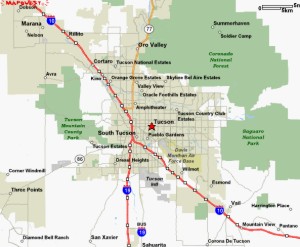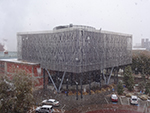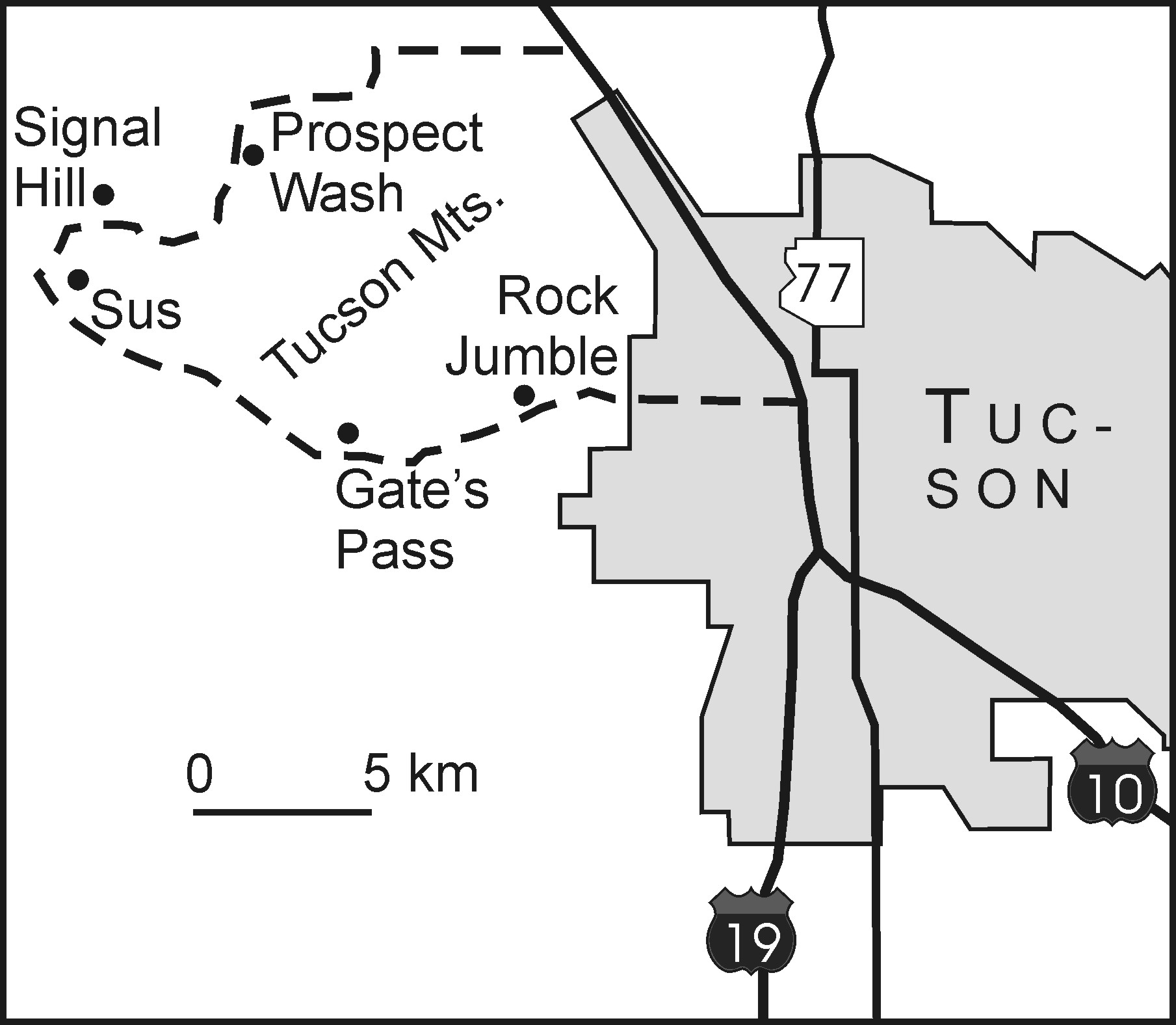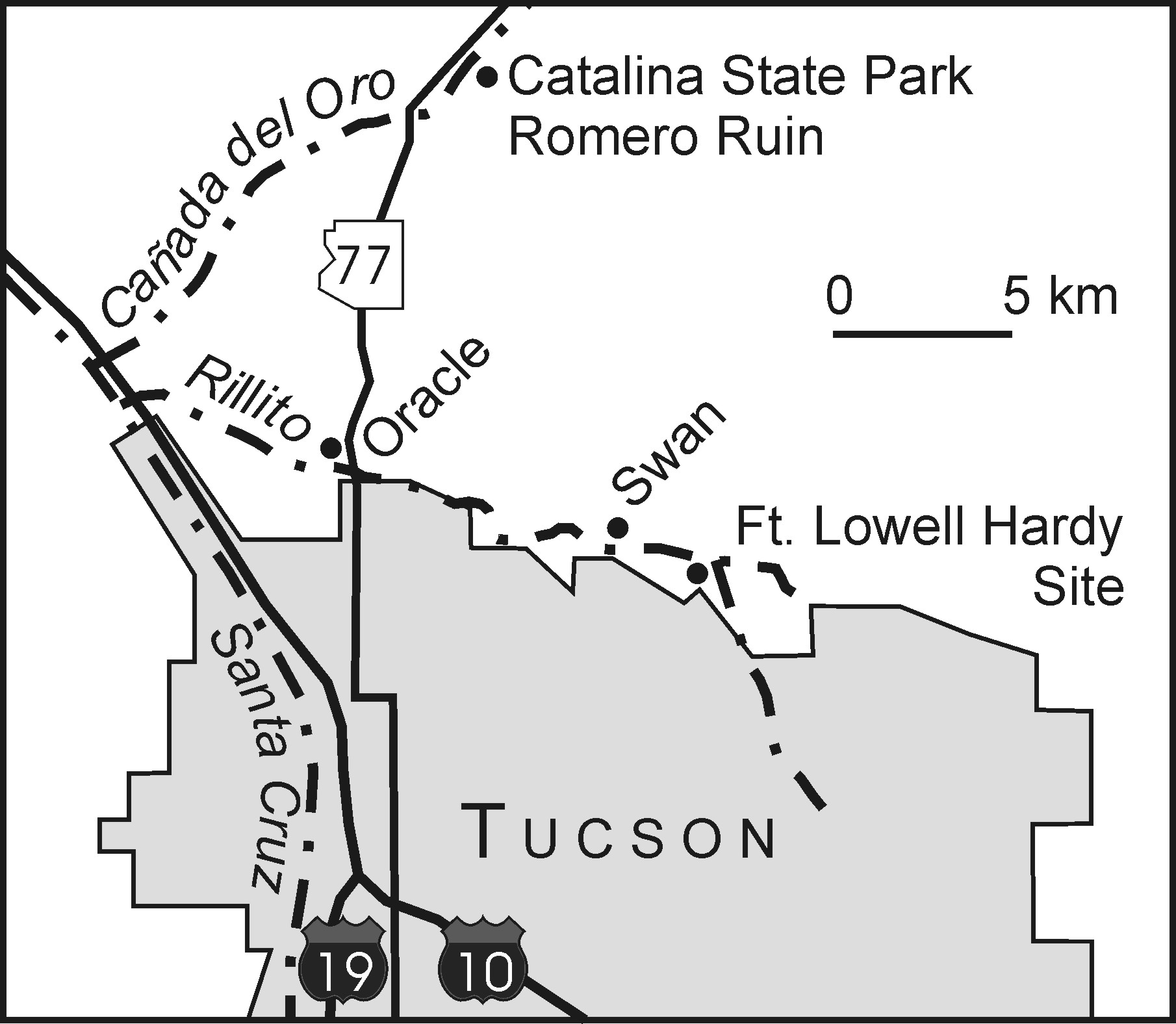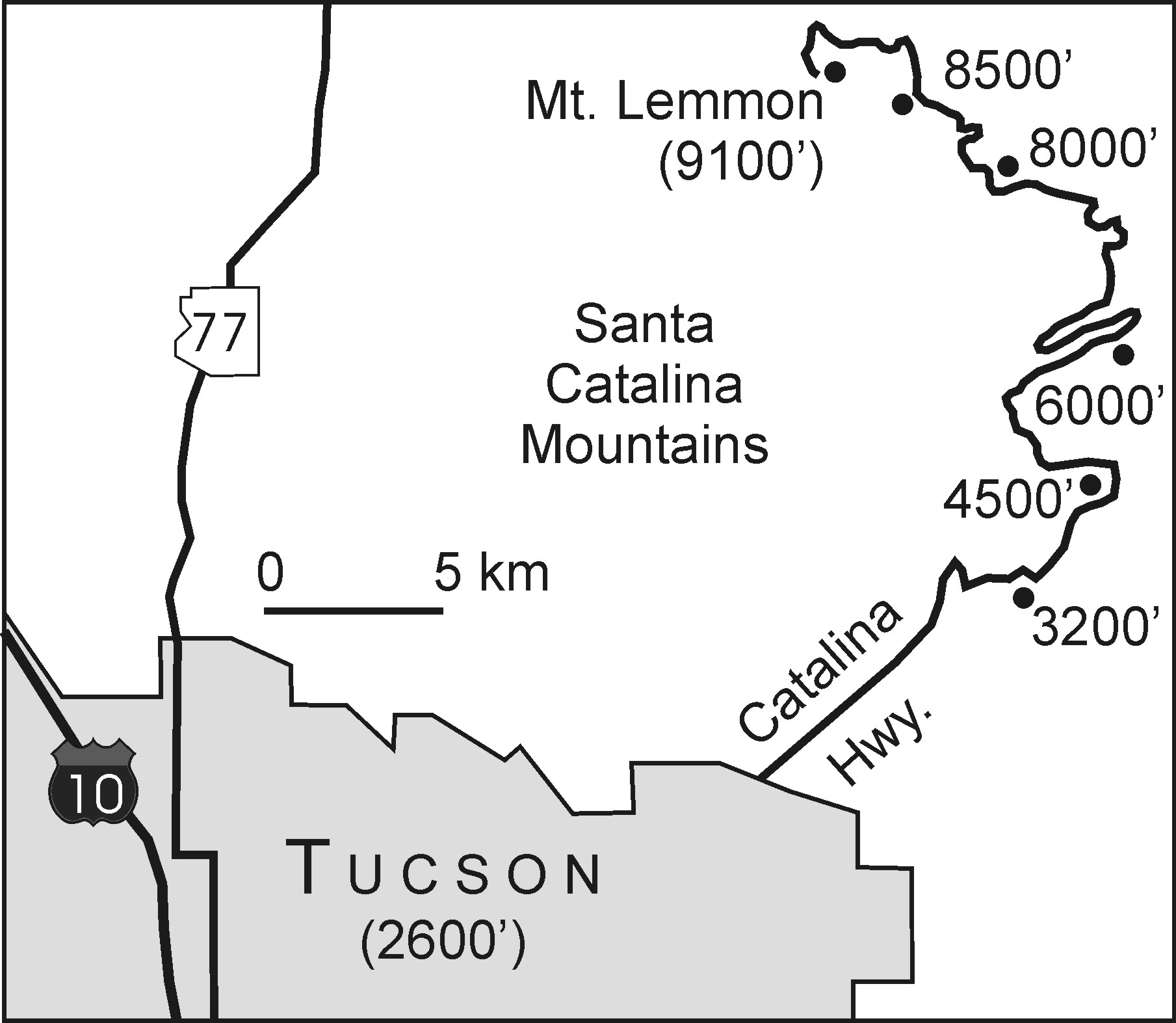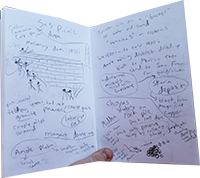| "Go my children, burn your books. Buy yourselves stout shoes, get away to the mountains, the deserts, and the deepest recesses of the earth. Mark well the distinction between animals, the differences among plants, the various kinds of minerals. In this way, and no other, will you arrive at a knowledge of things, and of their properties." |
| —Peter Severinus, AD 1571 |
